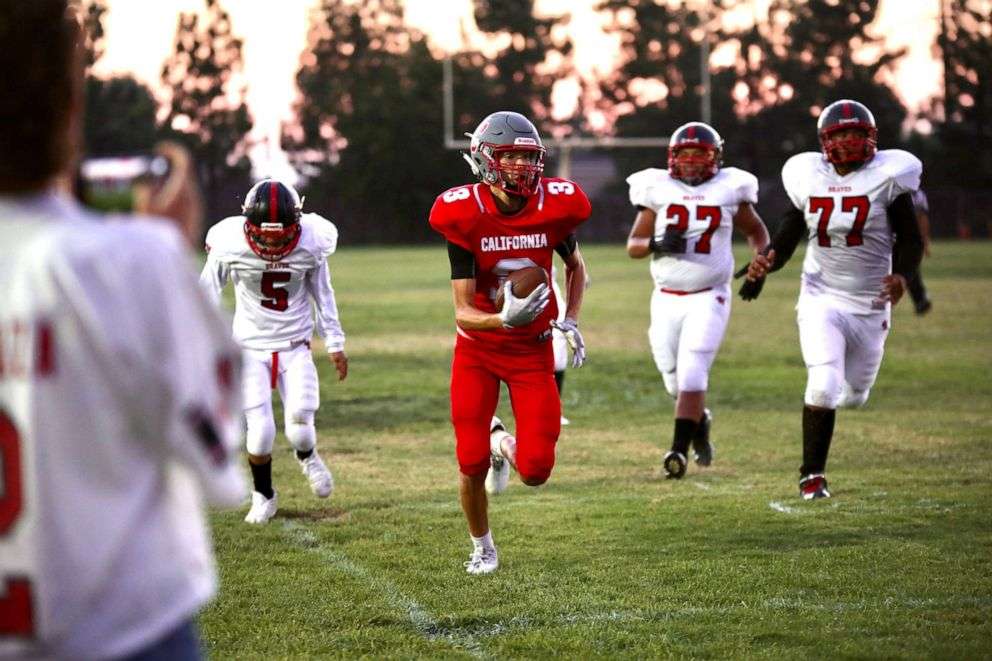Things which bend but don't break tend to be revolutionary, and an Australian firm hopes that the nation's drivers will agree the next time they smash their car into a traffic light.
Australians pay close to $90 million a year in damage and injuries from collisions with traffic lights, but a new flexible one that can protect the driver as well as the pole should help to reduce that figure when they're ready for use next year on the roads Down Under.
Streetlights and traffic light poles tend to be rigid and unyielding—bad news for an oncoming driver, and for the pole, as if the collision is strong enough, without any flexibility the pole will snap.
Not only does this mean an expensive repair process and traffic cop duty for the state's officers, but it often means the pole will fall down, like a tree towards the axe that fells it, towards the injured motorist and the roof of their car.
University of South Australia's Dr. Mohammad Uddin is working to replicate this revolution and create a flexible version of the bottom, collision-risk section of the basic streetlight, and is partnering with an Australian company to help him manufacture it, reports New Atlas.
As an example, during the Middle Ages iron swords were rigid, and they snapped in men's hands if bent in battle. Steel changed everything, as suddenly the sword could bend but return to its original shape.
The streetlight is mounted into a bollard which is buried under the concrete of the roadside.
Turning the bottom reaches of the bollard into a cone-shaped cavity, with the wide-end of the cone at the top, the outside of the cavity is filled with polyurethane foam.
At rest it stands up straight, but if hit by a car, the foam compresses which allows for the pole to move and tilt with the impact, reducing damage to the pole, the car, and most importantly, the driver.
Uddin hopes the technology will be ready next year, and for traffic light poles.
"We expect these new energy-absorbing traffic lights (EATL) will be the standard model going forward, not only for new installations but also to gradually replace existing lights," said Uddin.
SHARE This Hopeful Safety News; Share This Article…










Be the first to comment